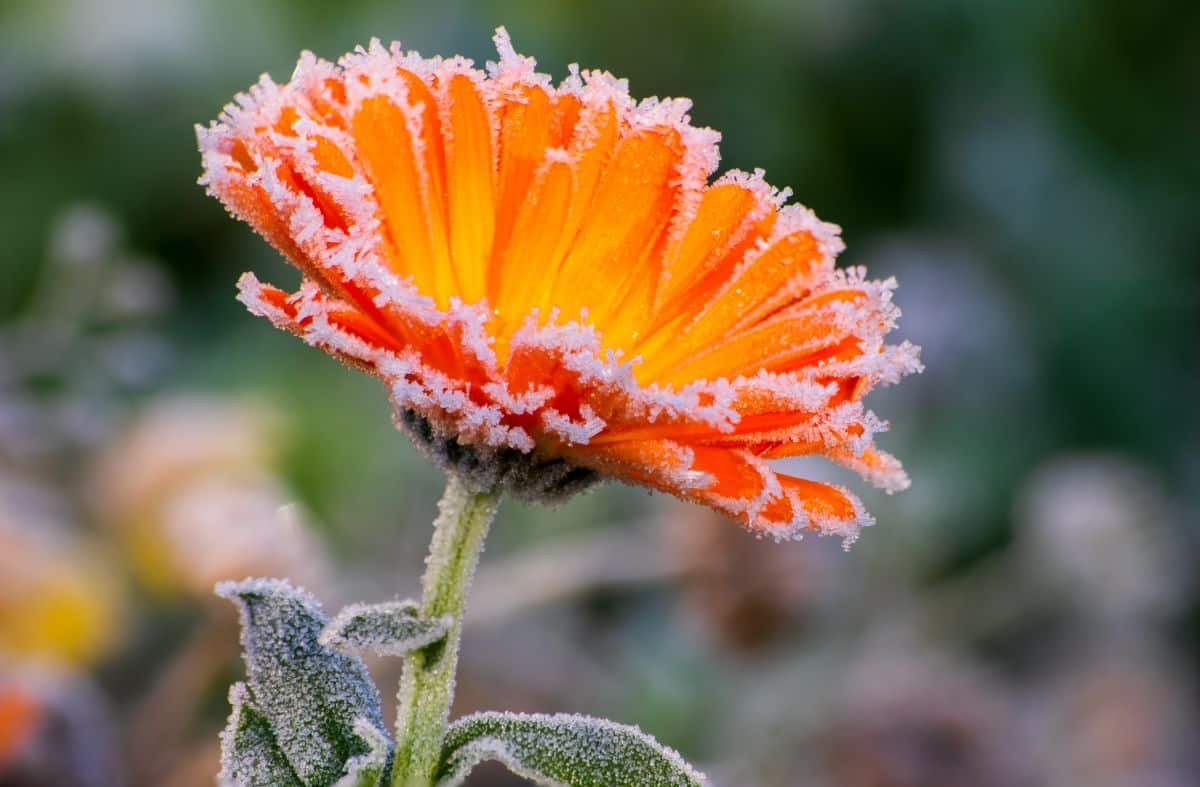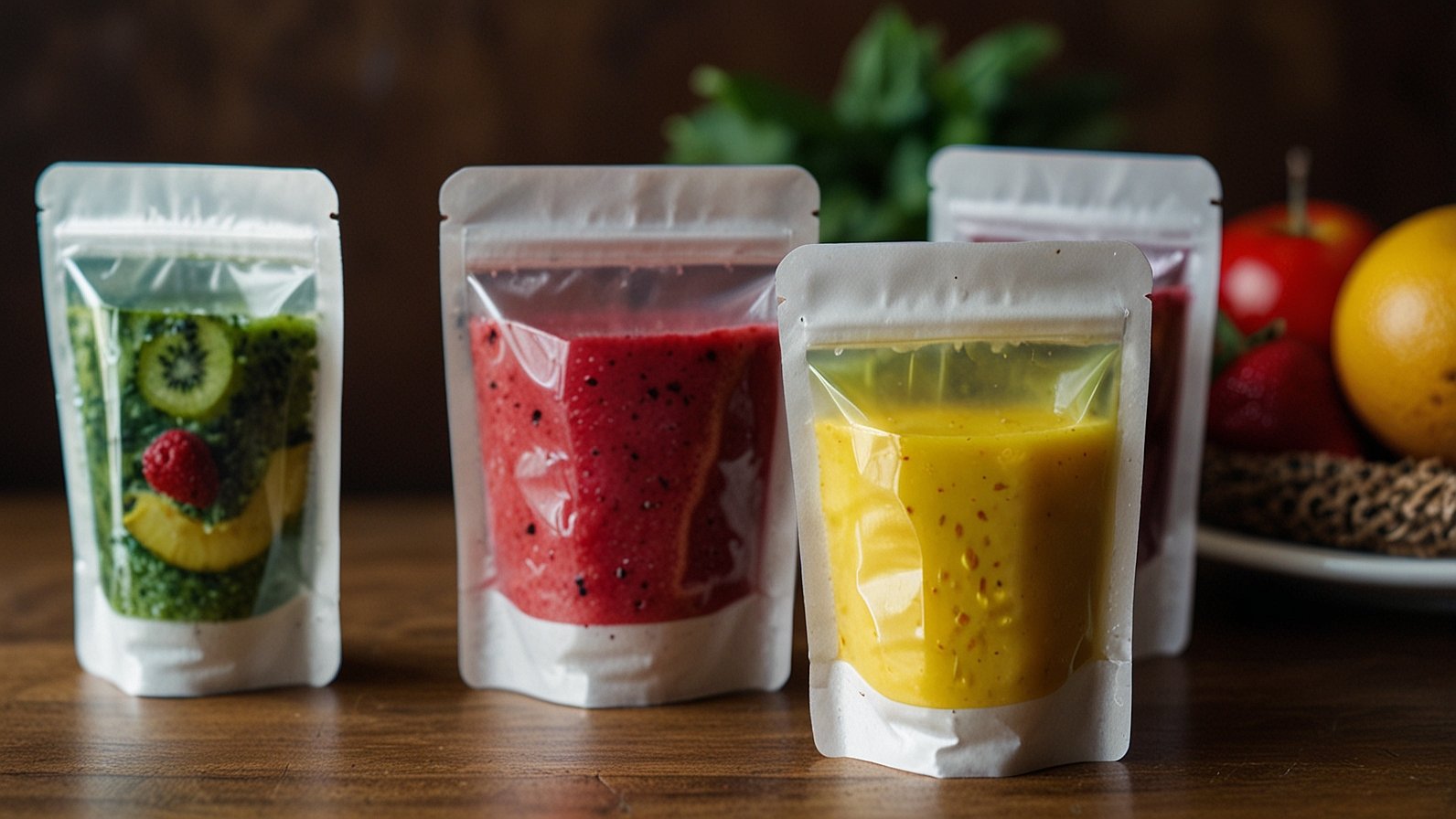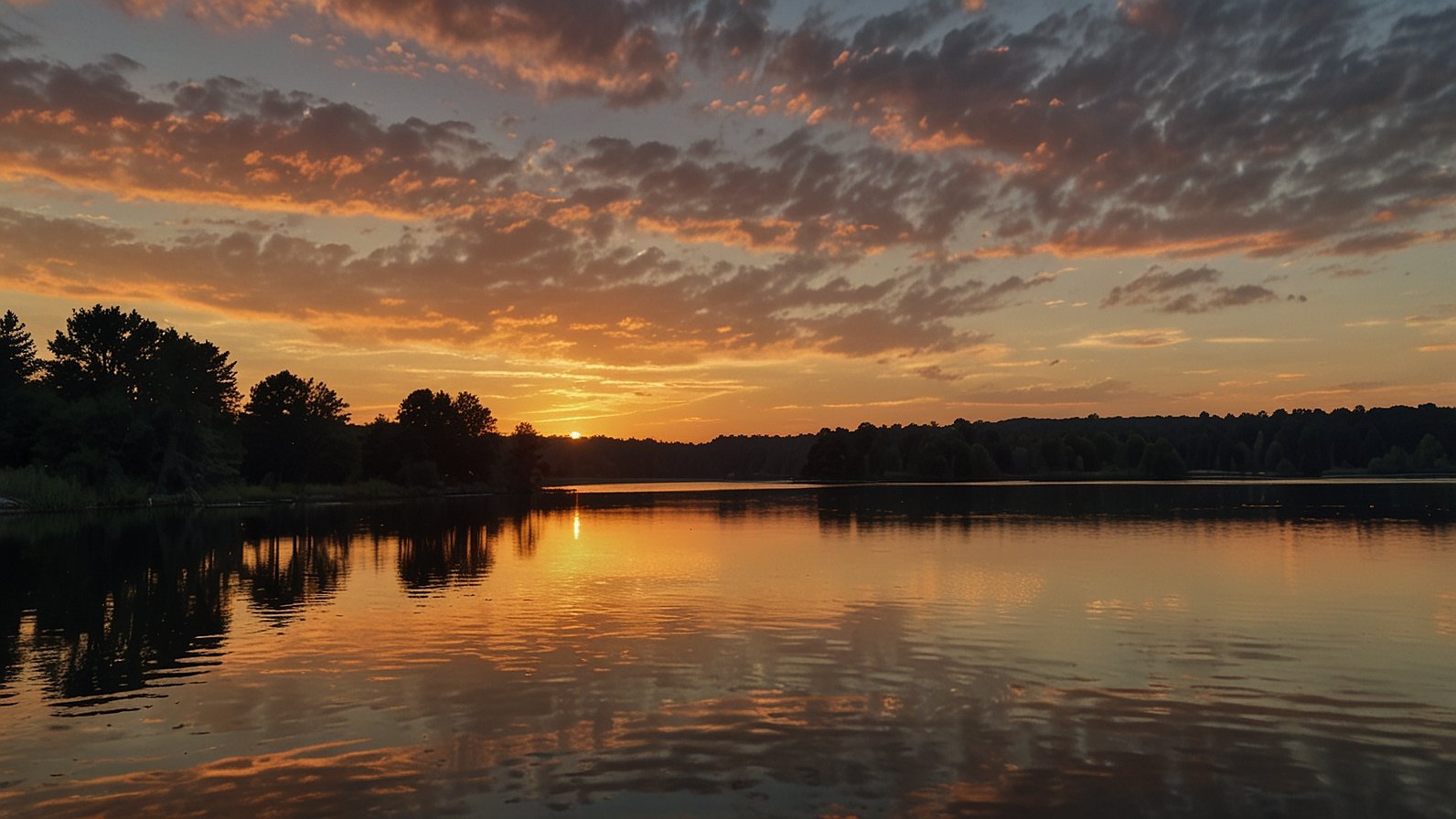Gardening in a cold climate can feel like a challenge, but with the right plants, your outdoor space can still burst with beauty year-round. While frost, snow, and chilly winds can be hard on delicate species, many plants not only survive but thrive in low temperatures. The secret lies in choosing hardy varieties that are naturally adapted to withstand winter’s icy grip. Whether you want vibrant flowers, evergreen shrubs, or tasty edibles, there’s a plant for every frosty corner of your garden.
Below, we’ll explore some of the best plants that flourish in cold climates—so you can enjoy a thriving garden no matter how low the temperature drops.
1. Pansies
Pansies are beloved for their cheerful “faces” and bold colors, making them a favorite for brightening up winter and early spring gardens. These resilient flowers can withstand light frost, and in many regions, they’ll bloom well into the cooler months. Plant them in rich, well-draining soil and give them a sunny spot to encourage the best flowering.
Pro tip: Choose winter-hardy varieties like the ‘Matrix’ series for extended blooms in cooler weather.
2. Hellebores (Lenten Rose)
Known as one of the first flowers to appear in late winter, hellebores can bloom even when snow still lingers on the ground. Their cup-shaped flowers come in stunning shades of pink, white, purple, and green, adding an early splash of color to the garden. They thrive in partial shade and well-drained soil.
Why they thrive in cold: Hellebores are naturally adapted to woodland environments and have tough foliage that resists frost damage.
3. Winterberry (Ilex verticillata)
If you’re looking for a plant that adds festive charm to your winter landscape, winterberry is a top choice. This deciduous holly produces bright red berries in winter, which stand out beautifully against bare branches and snow. It’s also a valuable food source for birds during the colder months.
Growing tip: Plant both a male and female shrub for berry production.
4. Sedum (Stonecrop)
Sedum is a hardy succulent that’s easy to grow and incredibly tolerant of cold temperatures. In summer, its clusters of star-shaped flowers attract pollinators, while in winter, its dried seed heads add interest to the frosty landscape. Many varieties, like ‘Autumn Joy,’ can handle freezing weather without trouble.
Low maintenance bonus: Sedum thrives in poor soil and requires minimal watering.
5. Lavender (Cold-Hardy Varieties)
While lavender is often associated with warm Mediterranean climates, some varieties—like ‘Hidcote’ and ‘Munstead’—are cold-hardy and can survive in zones as low as USDA Zone 5. Their fragrant blooms and silvery foliage bring beauty to summer gardens and structure to winter landscapes.
Pro tip: Plant lavender in well-drained soil to prevent root rot in wet, cold conditions.
6. Blue Spruce (Picea pungens)
For year-round color and structure, few plants beat the majestic blue spruce. This evergreen tree thrives in cold regions and is known for its striking blue-gray needles. It makes a great windbreak, privacy screen, or focal point in a snowy landscape.
Why it works: Its dense needle structure helps it retain moisture and withstand strong winter winds.
7. Kale and Other Cold-Hardy Vegetables
Yes, your vegetable garden can thrive even in frosty weather. Kale, spinach, and Brussels sprouts actually taste sweeter after a light frost, as the plant converts stored starches into sugars for protection. Cold frames or row covers can extend their growing season even further.
Tasty tip: Plant in late summer for a fall and early winter harvest.
8. Snowdrops (Galanthus)
These delicate white flowers are among the earliest signs of spring, often poking through snow to bloom. Snowdrops are easy to grow in clumps and naturalize well, coming back year after year with little maintenance.
Planting advice: Plant bulbs in autumn for blooms the following late winter or early spring.
Tips for Gardening in Cold Climates
Choosing frost-friendly plants is just the first step—how you care for them matters too. Here are a few extra pointers to help your garden thrive:
- Mulch generously: A thick layer of mulch helps insulate roots and regulate soil temperature.
- Water before the freeze: Well-hydrated plants are less likely to suffer from frost damage.
- Prune at the right time: Avoid heavy pruning in late fall, which can stimulate new growth vulnerable to frost.
- Protect young plants: Use frost cloths or row covers during extreme cold snaps.
Final Thoughts
Cold weather doesn’t have to leave your garden looking bare or lifeless. By selecting frost-friendly plants—such as hellebores, winterberry, and blue spruce—you can enjoy a landscape that’s just as captivating in January as it is in July. These resilient varieties add vibrant color, rich texture, and year-round interest, proving that beauty can thrive even beneath a blanket of snow.
With thoughtful planning and the right selections from a trusted Salt Lake plant nursery, you can keep your garden flourishing in every season and wake up to something beautiful, even on the chilliest mornings.
READ ALSO: Veganov Trichy: Where Flavor Meets Planet Love in the Heart of Tamil Nadu










